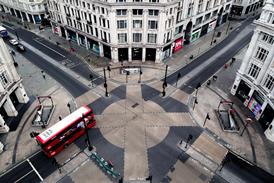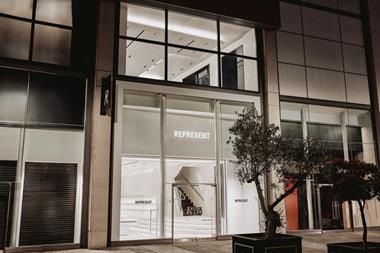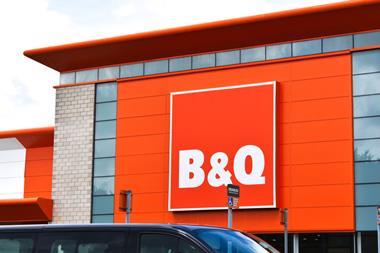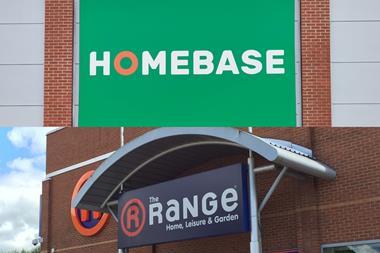This morning, demerger documents will drop onto the doormats of WHSmith shareholders, proposing that the group's retail and news wholesaling divisions be split in two.
Investors are likely to approve the move, with the spin-off planned to go ahead in August. But what does it mean for the retail division of the 214-year-old legacy retailer?
Initially, the City was sceptical of chief executive Kate Swann when she took the post at WHSmith three and a half years ago, but as she has increased profits the criticism has subsided. However, the low profile former Argos marketer, who is in line for a£4million bonus next year, has still not managed to improve sales atthecore retail business.
The last set of interim results posted in April revealed that while the main chain delivered a 6 per cent lift in profitability, its like-for-like sales fell by the same amount. Over Christmas, a key period for the retail division, like-for-like sales fell by 5per cent during the seven weeks toJanuary 21.
Evolution analyst Nick Bubb says: 'The like-for-like sales decline in WHSmith Retail has certainly raised eyebrows, but much of this has been self-inflicted in order to engineer aricher sales mix.'
Since joining the beleaguered chain, Swann has cut low-margin product from the shelves, reduced entertainment lines to a minimum and focused on books and high-margin lines, such as stationery. Shehas also simplified the group's operations byselling off the Asia Pacific retail arm, the US hotel and airport retail businesses, and publishing group Hodder Headline.
Today's WHSmith is a long way from the disparate business Swann inherited and, despite the lack of an obvious sales growth strategy, the shedding of the wholesale business is a signal that her three- to five-year recovery plan is starting to take shape.
'It must mean that WHSmith is confident that the core retail division has enough prospects to go it alone without the news wholesale cash cow,' says Bubb.
As it stands, WHSmith is made up of two divisions: the retail vbusiness and the news wholesaling business, which supplies both WHSmith and other retailers with newspapers and magazines.
After the split, the companies are to be listed separately as WHSmith plc and Smiths News plc with shareholders receiving one share in each of the new companies for each share they hold.
However, one WHSmith investor felt the split had been a long time coming. 'I would have hoped there would be more evidence of change (in the business) by now. I think the high street stores have got a lot to learn from the travel stores,' he says.
The travel retail business is the jewel in the retailer's crown. The 127-store format, which operates in stations and airports, represents about 40 per cent of retail profits.
The consensus among analysts is that these stores' clear proposition of newspapers, magazines, books and confectionery is reflected in the bottomline, with the division expected to make about£31 million in profit this year before central costs, according to Bubb.
However, despite the format's success, there is no escaping the fact that the group's mature high street division needs more attention.
Swann will run the retail business following the split. 'Theplan is to allow the management to focus on the (retail) business more and thus increase shareholder value over the long term,'says Seymour Pierce analyst Rhys Williams.
Swann has been tinkering with the in-store offer in an effort to refine the proposition. Book and stationery-only stores have been trialled and she is to place Post Office counters in six stores this autumn, as part of a pilot that is contracted to last three years. She has also introduced Costa Coffee shops into some larger outlets and landed two trial stores in Moto motorway service stations.
However, none of these relatively small steps are likely to lead to a fundamental improvement in the sales performance of the business. Swann's big idea is still eagerlyawaited.




























No comments yet